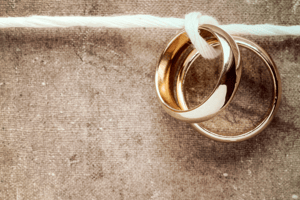 One advantage of inheriting an IRA from your spouse is that you’re entitled to transfer the funds to a spousal rollover IRA. The rollover IRA is treated as your own IRA for tax purposes, which means you need not begin taking required minimum distributions (RMDs) until you reach age 72. This differs from an IRA inherited from someone other than a spouse, when the entire IRA balance must be withdrawn within 10 years of the original owner’s death. (Note that different rules apply to IRAs inherited before January 1, 2020.)
One advantage of inheriting an IRA from your spouse is that you’re entitled to transfer the funds to a spousal rollover IRA. The rollover IRA is treated as your own IRA for tax purposes, which means you need not begin taking required minimum distributions (RMDs) until you reach age 72. This differs from an IRA inherited from someone other than a spouse, when the entire IRA balance must be withdrawn within 10 years of the original owner’s death. (Note that different rules apply to IRAs inherited before January 1, 2020.)
But what happens if your spouse mistakenly named a trust as beneficiary of his or her IRA, or failed to name a beneficiary at all?
Correcting the mistake
According to IRS guidance, there may be strategies you can use to ensure that you receive the benefits of a spousal rollover. Typically, this guidance comes in the form of private letter rulings (PLRs), which cannot be cited as precedent, but indicate how the IRS is likely to rule in similar cases.
In one example, as described in a 2019 PLR, a deceased person named a trust as beneficiary of his IRA and failed to name a contingent beneficiary. The trustee executed a qualified disclaimer of the trust’s interest in the IRA, as did the deceased’s son and two grandchildren. The IRS ruled that the deceased’s wife was entitled to complete a spousal rollover.
Other rulings have permitted similar strategies when deceased individuals have failed to designate a beneficiary, causing an IRA or qualified retirement plan account to be included in their estates.
Consulting a professional
Be aware that PLRs depend on the specific facts presented in each case, so consult with us before taking any action. However, these rulings indicate that, when loved ones make beneficiary designation mistakes, there may be strategies you can use to correct them.
Interested in more topics like this one? Sign up for The Planner: our high net worth/estate planning newsletter below.


